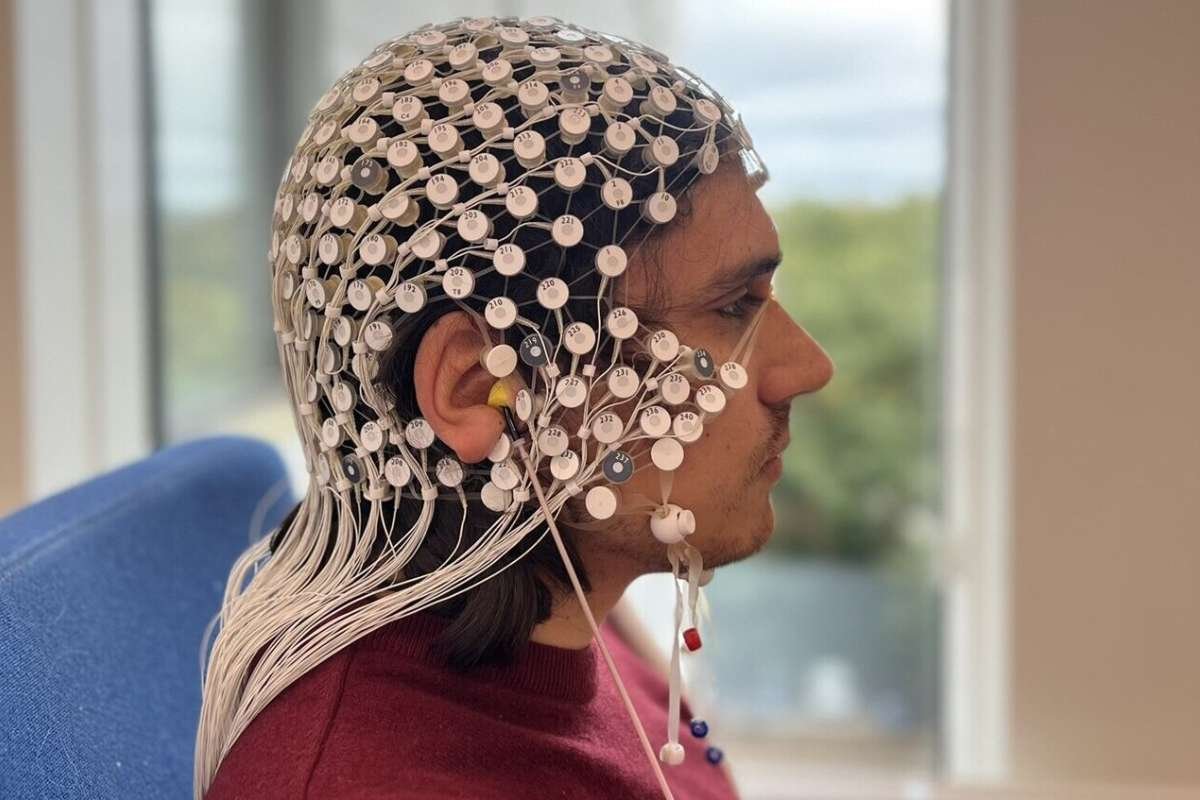Macular degeneration is a leading cause of vision loss, particularly in individuals over the age of 50. This progressive eye disease impacts the macula, a part of the retina responsible for sharp and central vision. Macular degeneration comes in two primary forms dry macular degeneration and wet macular degeneration. Understanding the differences between these forms is essential for diagnosis, treatment, and management. In this article, we’ll explore the topic of Dry vs. Wet Macular Degeneration, discussing their causes, symptoms, progression, treatments, and how they impact patients’ lives.
What is Macular Degeneration?
Macular degeneration also referred to as age-related macular degeneration (AMD), affects central vision while usually sparing peripheral vision. It primarily impacts daily activities such as reading, driving, and recognizing faces. The disease progresses through three stages: early, intermediate, and late. Late-stage macular degeneration may manifest as either dry AMD or wet AMD.
Dry vs. Wet Macular Degeneration: Causes
One of the key differences in Dry vs. Wet Macular Degeneration lies in their causes:
- Dry Macular Degeneration:
This is the more common form, affecting approximately 85-90% of people with AMD. It occurs due to the thinning of the macula as a natural part of aging. Small yellow deposits known as drusen accumulate under the retina, leading to damage in retinal cells and affecting their ability to function properly.
Factors contributing to dry AMD include genetics, smoking, poor diet, and prolonged exposure to UV light. - Wet Macular Degeneration:
Wet AMD, also called neovascular AMD, is less common but more severe. It arises when abnormal blood vessels grow beneath the retina. These vessels can leak blood and fluid, causing scarring and rapid damage to the macula. Wet AMD is often associated with an overproduction of vascular endothelial growth factor (VEGF), a protein that stimulates blood vessel growth.
Symptoms: Dry vs. Wet Macular Degeneration

The symptoms of Dry vs. Wet Macular Degeneration vary due to the differences in their progression and effects on vision:
- Dry AMD Symptoms:
- Gradual, painless loss of central vision
- Blurry or distorted vision when looking at straight lines
- Difficulty seeing in low-light conditions
- A growing blind spot in the central field of view
- Wet AMD Symptoms
- Sudden and severe vision loss
- Distorted or wavy vision, such as straight lines appearing bent
- Dark or blank spots in the central vision
- Colors appearing faded or less vivid
While dry AMD progresses more slowly, wet AMD can cause significant damage in weeks or months, making early detection critical.
Progression of Dry vs. Wet Macular Degeneration
Another important aspect of Dry vs. Wet Macular Degeneration is how each type progresses:
- Dry AMD Progression:
Dry AMD advances through three stages: early, intermediate, and late. In its early stages, it may cause little to no noticeable symptoms, but as the condition worsens, vision impairment becomes more apparent. Although dry AMD typically progresses over years, it can eventually develop into wet AMD, especially in advanced cases. - Wet AMD Progression:
Wet AMD progresses much more rapidly. Once abnormal blood vessels begin leaking fluid, vision can deteriorate within weeks or months. This swift progression often leads to permanent central vision loss if left untreated.
Diagnosis: How to Differentiate Dry vs. Wet Macular Degeneration
Diagnosing Dry vs. Wet Macular Degeneration requires a comprehensive eye examination. Tests commonly used include:
- Dilated Eye Exam: Enables the ophthalmologist to detect drusen and other retinal abnormalities.
- Amsler Grid Test: Helps identify distorted vision or blind spots, often a sign of wet AMD.
- Optical Coherence Tomography (OCT): Provides detailed cross-sectional images of the retina, showing thinning or swelling.
- Fluorescein Angiography: Identifies leaking blood vessels in cases of wet AMD.
These diagnostic tools help differentiate between dry and wet forms, ensuring appropriate treatment.
Treatment Options: Dry vs. Wet Macular Degeneration
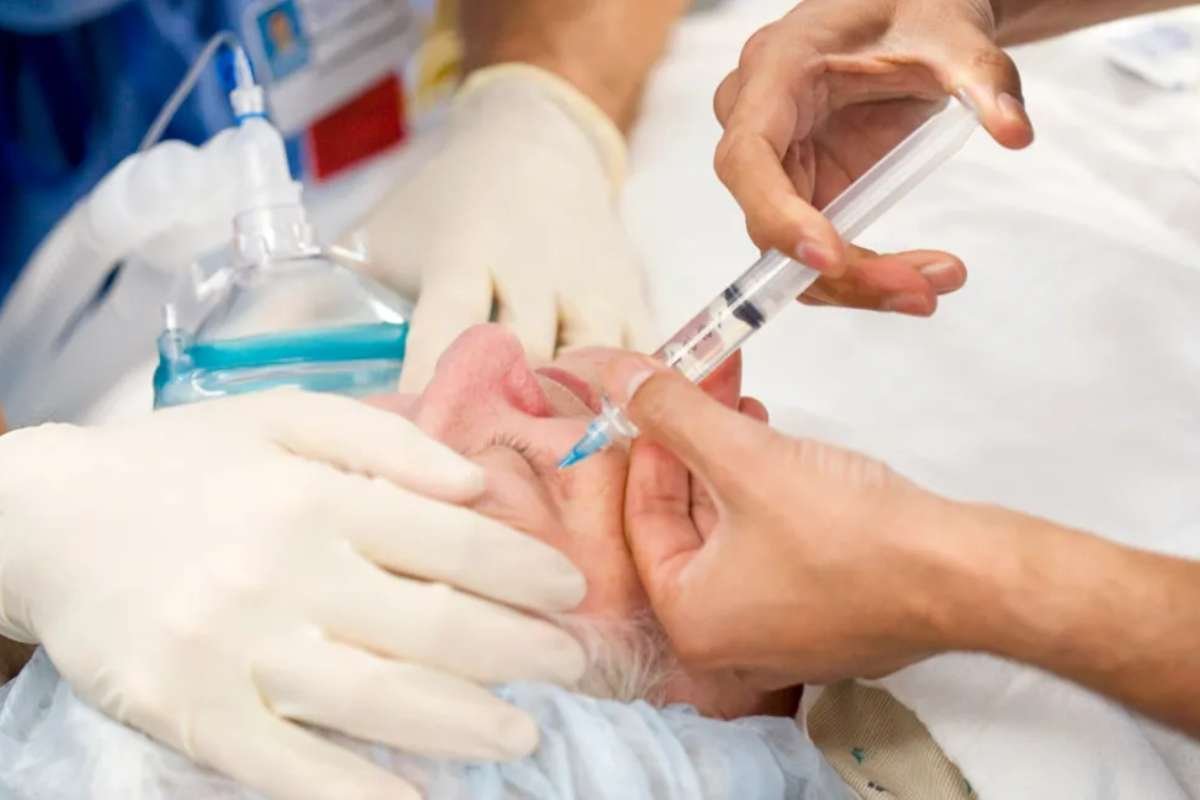
Treatments for Dry vs. Wet Macular Degeneration vary significantly due to their distinct causes:
Dry AMD Treatment:
While there is no cure for dry AMD, its progression can be slowed through:
- Lifestyle Changes: A healthy diet rich in leafy greens, antioxidants, and omega-3 fatty acids can support eye health.
- AREDS Supplements: Clinical studies have shown that specific vitamins and minerals (zinc, copper, vitamin C, vitamin E, and lutein) can reduce the risk of advanced dry AMD.
- Vision Aids: Magnifying glasses and other assistive devices can help manage vision loss.
Wet AMD Treatment
Wet AMD requires more aggressive intervention to prevent rapid vision loss:
- Anti-VEGF Injections: Medications like Avastin, Lucentis, and Eylea are injected into the eye to block VEGF and stop abnormal blood vessel growth.
- Photodynamic Therapy (PDT): A light-activated drug is used to destroy abnormal blood vessels.
- Laser Surgery: In rare cases, lasers are used to seal leaking blood vessels, though this may risk damaging surrounding tissue.
These treatments aim to preserve vision and minimize further damage in wet AMD cases.
Risk Factors: Dry vs. Wet Macular Degeneration
Both forms of AMD share common risk factors, but understanding these can aid in prevention:
- Age: The risk increases significantly after age 50.
- Genetics: Family history plays a major role.
- Smoking: Smokers are twice as likely to develop AMD.
- Diet: A poor diet lacking in nutrients essential for eye health can increase risk.
- Chronic Conditions: High blood pressure, obesity, and cardiovascular diseases are associated with AMD.
- UV Light Exposure: Prolonged sun exposure can damage retinal cells.
Managing these risk factors can help reduce the likelihood of developing AMD or slow its progression.
Prevention of Dry vs. Wet Macular Degeneration
Preventing Dry vs. Wet Macular Degeneration involves proactive steps to maintain overall eye health:
- Adopt a Healthy Diet: Include foods high in lutein, zeaxanthin, and omega-3 fatty acids, such as kale, spinach, salmon, and nuts.
- Quit Smoking: Smoking is one of the most significant modifiable risk factors.
- Protect Your Eyes: Wear sunglasses with UV protection.
- Regular Eye Exams: Early detection is key, especially for individuals with a family history of AMD.
Prevention is especially important since once diagnosed, there is no cure for AMD.
Golden Years Guide Inside : How to Prevent Viral Infections in the Elderly?
Living with AMD: Adapting to Vision Loss
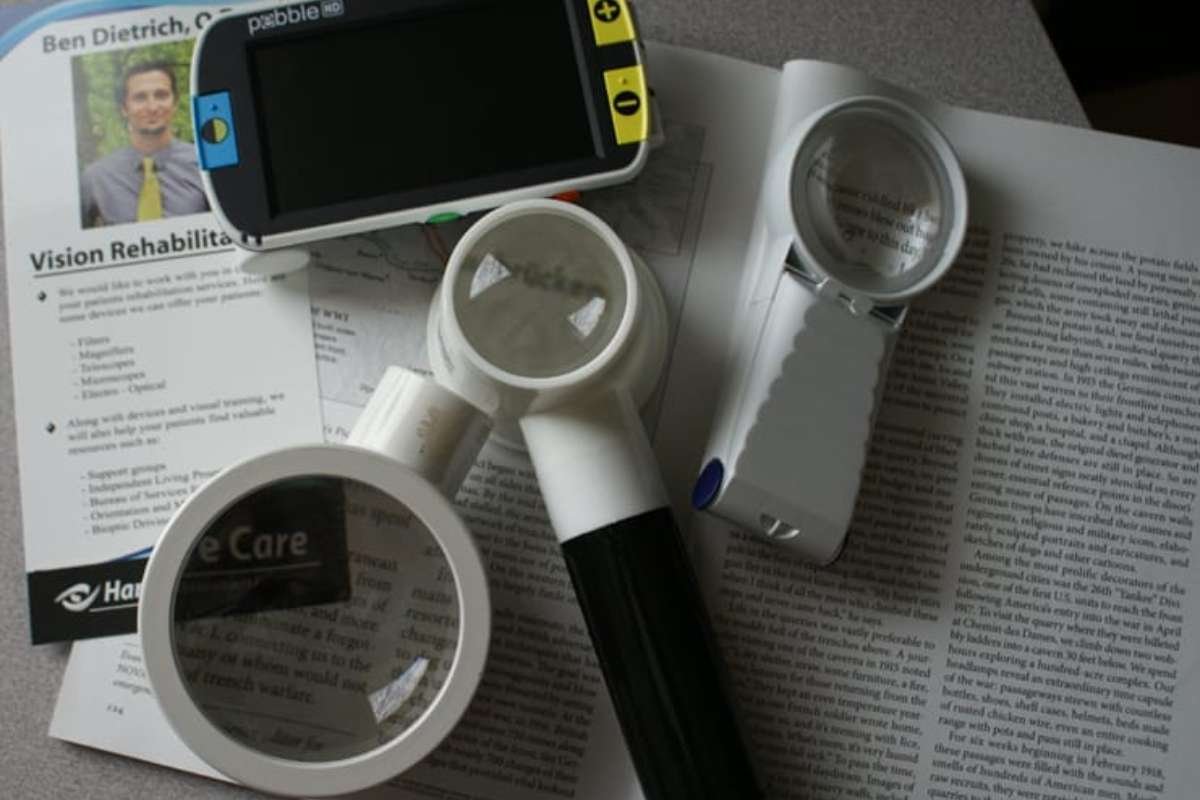
For those living with macular degeneration, adapting to vision loss is crucial:
- Vision Rehabilitation Programs: Help patients learn strategies to maximize remaining vision.
- Low-Vision Devices: Tools like magnifiers, specialized lighting, and screen readers can aid daily tasks.
- Support Networks: Joining support groups or connecting with others can provide emotional and practical support.
Living with AMD can be challenging, but with the right resources, individuals can maintain independence and quality of life.
Conclusion
When comparing Dry vs. Wet Macular Degeneration, the differences in causes, symptoms, progression, and treatment are clear. Dry AMD is more common and progresses slowly, while wet AMD is less frequent but far more aggressive and damaging. Early detection, lifestyle changes, and appropriate medical interventions can significantly improve outcomes for those with either form of AMD.
Understanding Dry vs. Wet Macular Degeneration is vital for patients, caregivers, and healthcare professionals. By staying informed, taking preventive measures, and seeking timely treatment, individuals can protect their vision and maintain a fulfilling life despite the challenges of macular degeneration.
Elderly Care Must-Reads: Comprehensive Guide to Aged Care: Understanding and Choosing the Best Options



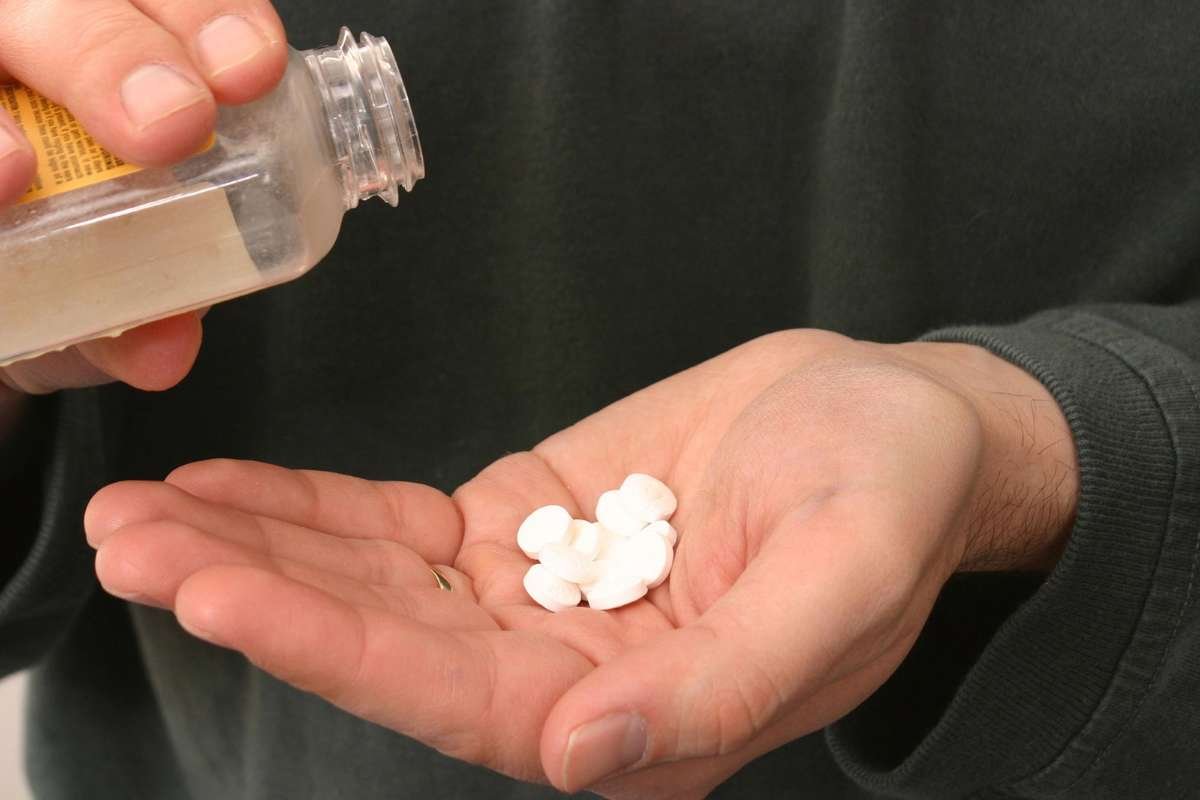

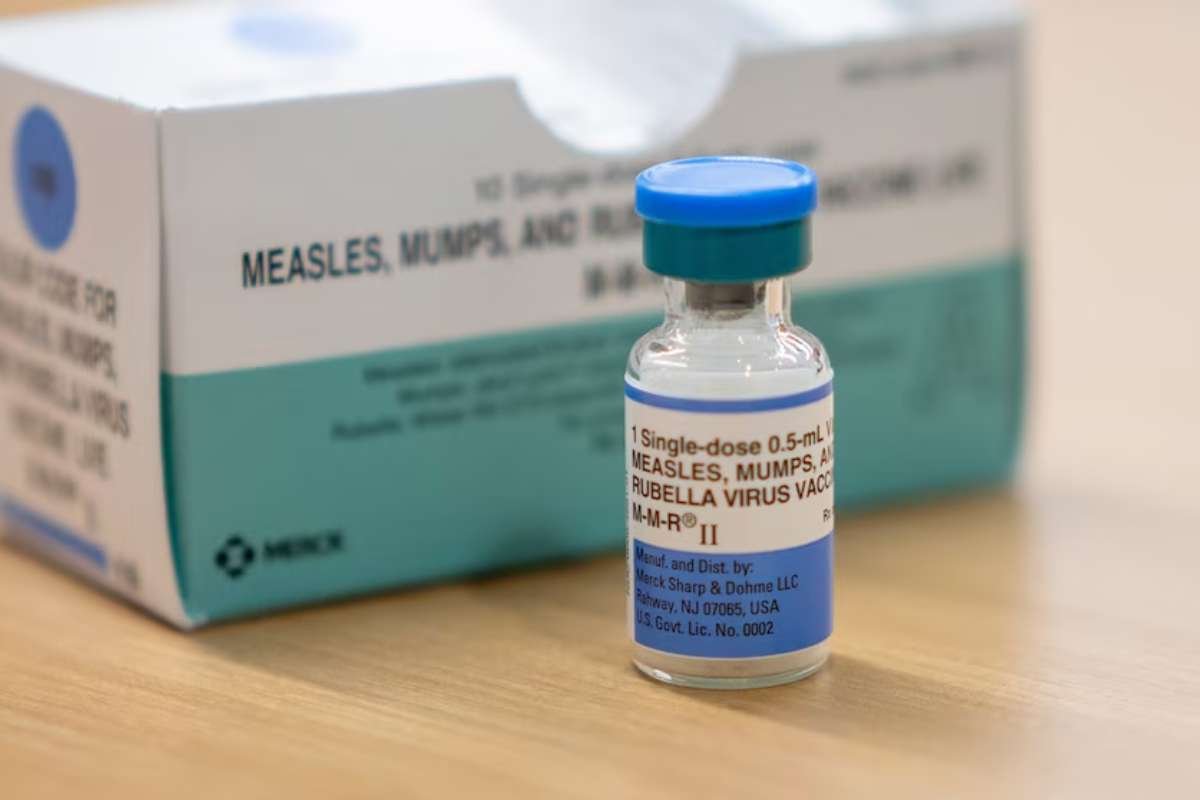
.jpg)
